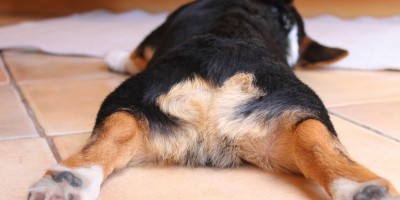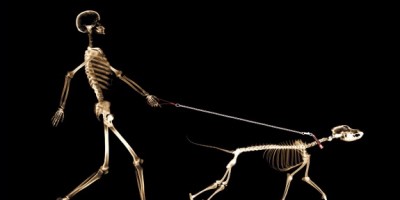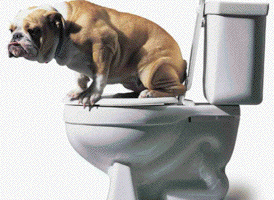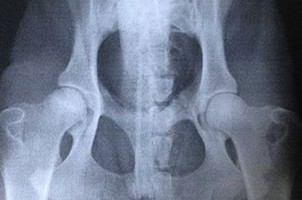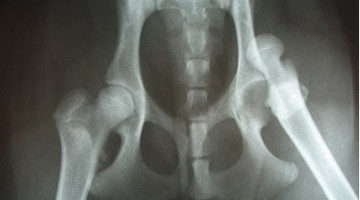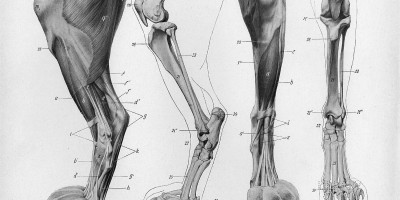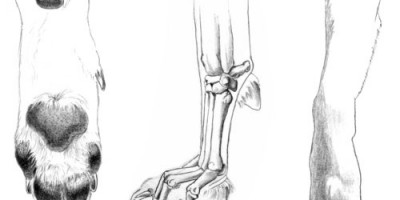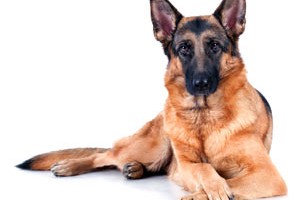Swallowing things they shouldn’t
Swallowing things they shouldn’t – and things “hanging out” the other end! Dogs do tend to wolf down anything and everything – and not all the things they try to consume are good for them! Sometimes they manage to swallow the most inappropriate of things ranging from socks and pants, through to needles and thread […]

